Do you often come home to find your favorite shoes in shreds or witness your furniture being gnawed upon? Dog chewing is a common issue that many pet owners face, leaving them frustrated and their homes in disarray. But fear not! There are effective solutions to curb this behavior and restore peace to your household. In this guide, we’ll explore the reasons behind why dogs chew, along with practical strategies to put an end to this destructive habit once and for all.
Contents Overview
Preliminary Summary
Putting a halt to your dog’s chewing habits is essential for maintaining a harmonious home environment and ensuring their safety. Destructive chewing can result in damaged furniture, shoes, and even potential health hazards if they ingest harmful objects. Fortunately, there are effective solutions available to curb this behavior. Start by providing appropriate chew toys and redirecting your dog’s attention whenever they begin to chew on inappropriate items. Additionally, ensure your pup gets enough physical and mental exercise to prevent boredom, a common trigger for chewing. Consistency is key; use positive reinforcement techniques and be patient as you work with your dog to break the habit. With time, patience, and the right approach, you can successfully stop your dog from chewing on unwanted objects, creating a happier and safer environment for both of you.
Understanding Dog Chewing Behavior
Before delving into solutions, it’s essential to understand why dogs chew in the first place. Chewing is an instinct for dogs and serves various purposes, including:
- Natural Instincts:
- Dogs are descended from wolves, who chewed on bones and other objects to keep their teeth clean and their jaws strong.
- Chewing is a natural behavior for dogs, serving various purposes like exploration, stress relief, and maintaining dental health.
- Teething:
- Puppies, in particular, chew to alleviate the discomfort of teething.
- Just like human babies, puppies go through a teething phase where their gums are sore, and chewing helps soothe the pain.
- Boredom and Lack of Stimulation:
- Dogs left alone for long periods may resort to chewing out of boredom or loneliness.
- Lack of mental and physical stimulation can lead to destructive chewing as a way for dogs to entertain themselves.
- Anxiety and Stress:
- Dogs may chew excessively when feeling anxious or stressed.
- Chewing can be a coping mechanism, providing comfort and distraction from stressful situations.
- Attention-Seeking Behavior:
- Some dogs chew to get attention from their owners, especially if they’ve learned that chewing results in a reaction.
- Negative attention, such as scolding, can still reinforce the behavior in some cases.
- Exploration and Taste:
- Dogs use their mouths to explore the world around them, much like how humans use their hands.
- Chewing on different objects allows dogs to experience different textures and tastes.
- Dental Health:
- Chewing on appropriate items, like dental chews and toys, can help maintain good oral hygiene by reducing plaque and tartar buildup.
- It also strengthens jaw muscles and can alleviate gum inflammation.
Effective Strategies to Manage Excessive Chewing
Now that we’ve identified potential reasons behind your dog’s chewing frenzy, let’s explore practical solutions to address and redirect this behavior:
- Provide Appropriate Chew Toys:
- Offer a variety of durable chew toys specifically designed for dogs, such as rubber bones, Kong toys, or nylon chews.
- Rotate toys regularly to keep your dog engaged and prevent boredom.
- Exercise and Mental Stimulation:
- Engage your dog in regular physical exercise through walks, runs, or interactive play sessions.
- Incorporate mental stimulation activities like puzzle toys, obedience training, or scent games to keep your dog mentally sharp and occupied.
- Create a Safe Environment:
- Puppy-proof your home by removing hazardous items and keeping valuables out of reach.
- Use baby gates or crates to limit access to certain areas until your dog learns appropriate chewing behavior.
- Use Bitter Spray or Deterrents: Apply a bitter-tasting spray to items your dog is prone to chewing. The unpleasant taste will deter them from gnawing on furniture, shoes, or other forbidden objects.
- Positive Reinforcement:
- Reward desirable chewing behavior with praise, treats, or toys to reinforce good habits.
- Redirect inappropriate chewing gently but firmly to an acceptable chew toy, avoiding punishment or scolding.
- Consistency and Patience:
- Consistently enforce boundaries and redirect inappropriate chewing every time it occurs.
- Be patient and understanding, as breaking habits takes time and persistence.
Seeking Professional Help:
If your dog’s chewing persists despite your efforts, consider consulting with a veterinarian or professional dog trainer. Underlying issues such as anxiety or dental problems may need to be addressed.
If you’ve exhausted home remedies without success, consider seeking assistance from a certified dog trainer or veterinarian behaviorist. They can provide personalized guidance and develop a tailored behavior modification plan to address your dog’s specific needs.
Bottom Line
In conclusion, dog chewing can be a frustrating behavior for pet owners, but it’s not insurmountable. By understanding the reasons behind your dog’s chewing and implementing effective solutions, you can help curb this habit and create a happier, more harmonious home for both you and your furry friend. Remember, patience and consistency are key when tackling any behavioral issue, so stay committed to training and providing appropriate outlets for your dog’s chewing instincts. With time and effort, you’ll enjoy a chew-free home and a stronger bond with your beloved canine companion.
- Understanding Dog Chewing Behavior:
- Chewing is an instinct for dogs, serving purposes like exploration, teething, boredom relief, and dental health.
- Common Mistakes to Avoid:
- Avoid scolding your dog after the fact, insufficient exercise, and neglecting to provide chew toys.
- Effective Solutions:
- Provide plenty of chew toys to redirect chewing behavior.
- Supervise and redirect your dog’s chewing, offering chew toys as alternatives.
- Ensure regular exercise to prevent boredom-driven chewing.
- Use bitter spray or deterrents on items your dog tends to chew.
- Employ positive reinforcement training techniques to encourage desired chewing behavior.
- Address underlying issues like anxiety or dental problems if chewing persists.
- Conclusion:
- Patience and consistency are crucial when addressing dog chewing behavior..By understanding the reasons behind chewing and implementing effective solutions, you can create a happier, chew-free environment for both you and your dog.

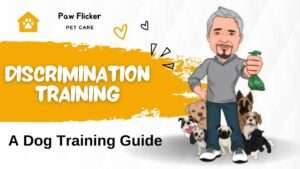
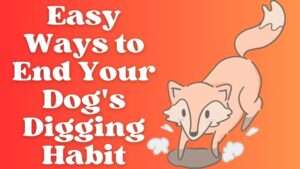

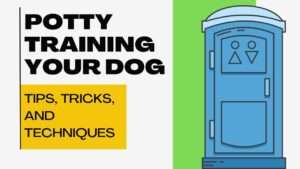
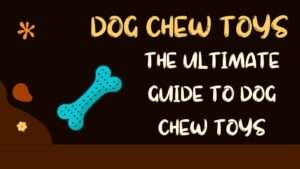
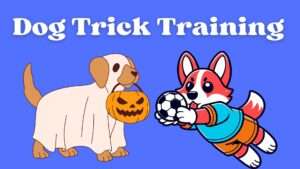
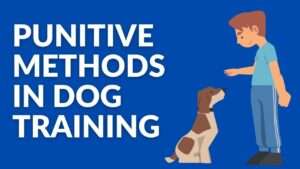
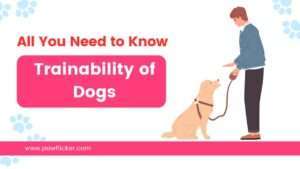

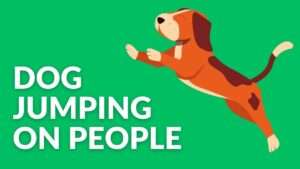
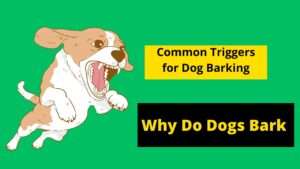
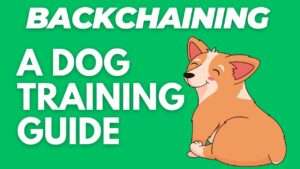
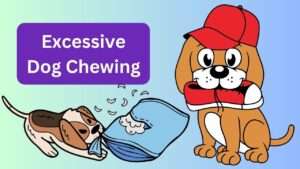
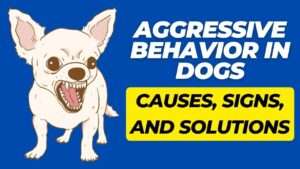

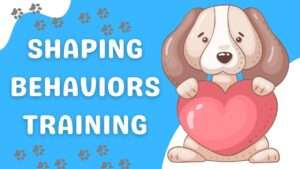
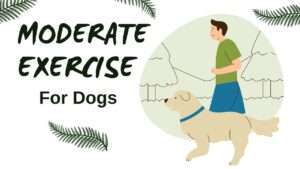



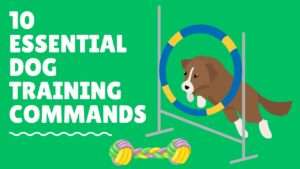

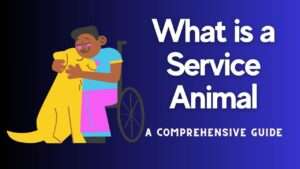







+ There are no comments
Add yours